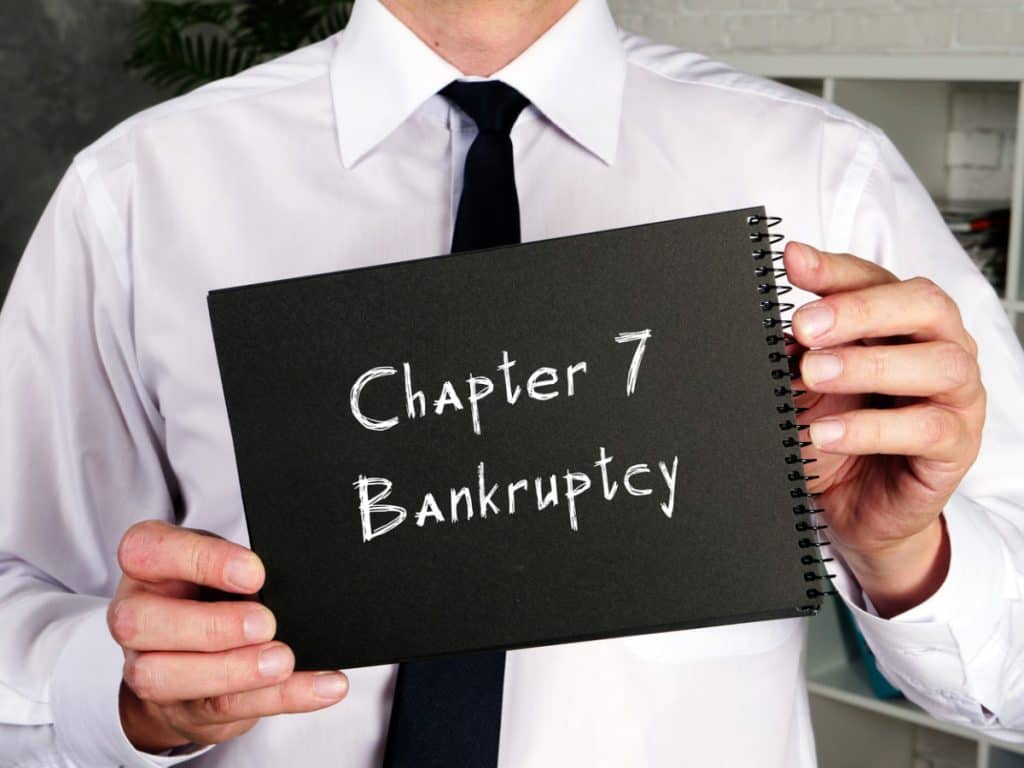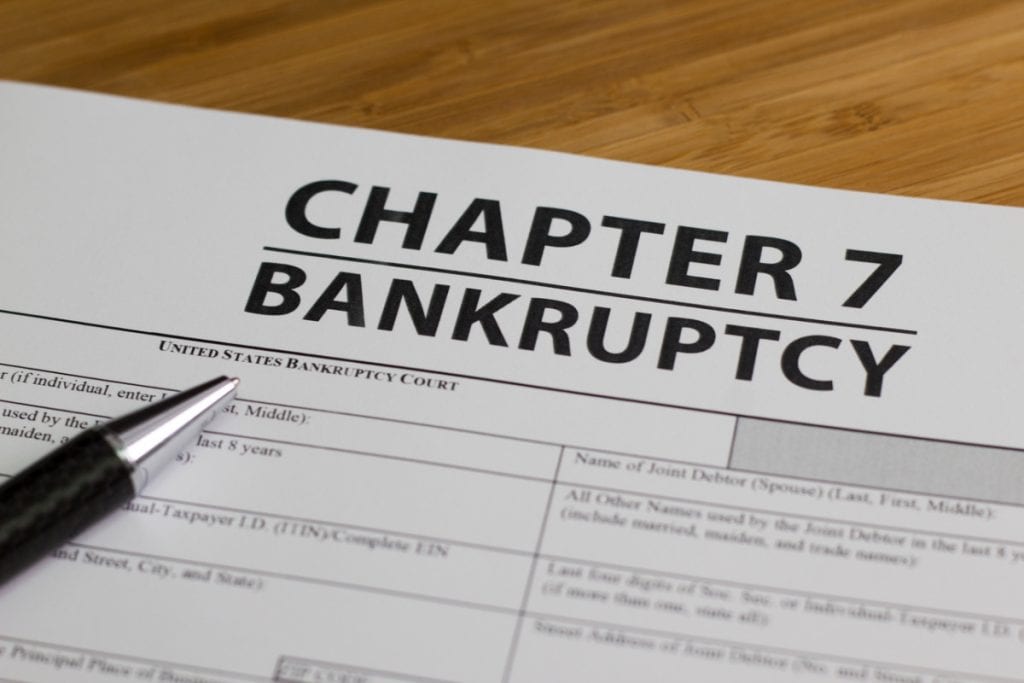Chapter 7 bankruptcy can be a lifeline for individuals facing insurmountable debt, offering a path to regain financial stability and freedom. This type of bankruptcy is designed to alleviate financial burdens by discharging certain debts, which can provide much-needed relief and a chance to rebuild.
However, like any major financial decision, Chapter 7 comes with its own set of complexities and potential consequences, making it essential to fully understand what’s involved. Each step in the process requires careful preparation and awareness of how it may affect your assets, credit, and future financial choices.

Read on to explore the benefits, risks, and detailed process of filing for Chapter 7 bankruptcy.
The Benefits of Chapter 7 Bankruptcy
Filing for Chapter 7 bankruptcy offers substantial benefits for individuals dealing with significant financial burdens.
To better understand its advantages, consider the following key benefits:
- Immediate debt relief: Chapter 7 can eliminate various unsecured debts, including credit card balances and medical bills. This discharge provides immediate relief from large, ongoing financial obligations, allowing you to focus on essential expenses without the stress of unmanageable debt.
- Protection from creditors: Upon filing, an automatic stay halts most collection efforts, including wage garnishments and property seizures. This stay protects you from creditor actions throughout the bankruptcy process, providing peace of mind during an otherwise stressful time.
- Asset exemptions: Many states and federal laws allow exemptions for essential assets, such as a primary residence, vehicle, and necessary household items. These exemptions mean you may retain ownership of crucial property, even as other non-exempt assets are liquidated to satisfy debts.
- Streamlined process: Compared to Chapter 13, which requires a repayment plan, Chapter 7 focuses on liquidating assets quickly. Without a structured repayment plan, the Chapter 7 process can conclude more swiftly, helping you start fresh in less time.
Chapter 7 bankruptcy can offer a practical path to debt relief. However, it’s essential to consult an experienced bankruptcy attorney to understand its potential impact. Doing so will help ensure that this option aligns with your specific financial situation.
The Risks of Chapter 7 Bankruptcy
Filing for Chapter 7 bankruptcy offers significant relief from debt, but it’s essential to be aware of potential drawbacks.
To ensure a well-informed decision, here are the main risks involved:
- Impact on credit score: Chapter 7 bankruptcy can significantly lower your credit score, with the filing remaining on your credit report for up to 10 years. This can limit future access to various types of loans, mortgages, or credit cards and may mean higher interest rates on approved credit.
- Loss of nonexempt property: During Chapter 7, any property that isn’t protected under state or federal exemptions could be sold to help pay creditors. This might include high-value personal items, extra vehicles, or certain investments. Reviewing which assets are exempt is crucial to avoid unexpected losses.
- Ineligibility for specific debts: Certain types of debt, like student loans, child support, and certain tax obligations, are generally not eligible for discharge in Chapter 7. This means you’ll still be responsible for paying these debts even after the process concludes, and it’s vital to confirm which debts remain with a bankruptcy attorney.
While Chapter 7 bankruptcy can provide valuable relief, it’s essential to balance these risks with the benefits. An experienced bankruptcy attorney can offer insights tailored to your specific situation.

The Process of Filing for Chapter 7 Bankruptcy
Filing for Chapter 7 bankruptcy follows a structured process with essential steps to help ensure all necessary paperwork is complete and all requirements are met.
The following are the steps involved in filing for Chapter 7:
- Gather financial documents: Start by collecting documents like tax returns, credit reports, and proof of income. These records give your attorney a clear view of your financial situation, helping them assess eligibility and prepare your paperwork accurately.
- Take the means test: The means test is crucial for determining Chapter 7 eligibility. It compares your average monthly income to the median income for your state. If your income qualifies, you may proceed with Chapter 7. If not, Chapter 13 may be a better fit.
- Complete a credit counseling course: Before you file, it is necessary to complete a credit counseling course through an approved agency. This step helps you understand your options and gain insight into the long-term implications of declaring bankruptcy.
- File the bankruptcy petition: Your attorney will file the completed bankruptcy petition with the court, which formally begins your case. This petition includes detailed information about your finances, assets, and debts.
- Attend the creditors’ meeting: Known as the 341 meeting, this required session involves a review of your financial details with a bankruptcy trustee. You’ll confirm the accuracy of your information and answer any questions.
- Await discharge of debts: After completing these steps, eligible debts are discharged, which releases you from responsibility for certain debts included in your case.
While Chapter 7 can provide a fresh start, following the steps carefully with legal guidance can help ensure a smoother process.
Final Thoughts
Chapter 7 bankruptcy can be a transformative step for those facing overwhelming debt. It allows individuals to discharge qualifying debts and regain control of their finances. However, this process requires careful consideration of its implications. The journey may be challenging, but with the right guidance, you can manage it effectively.


